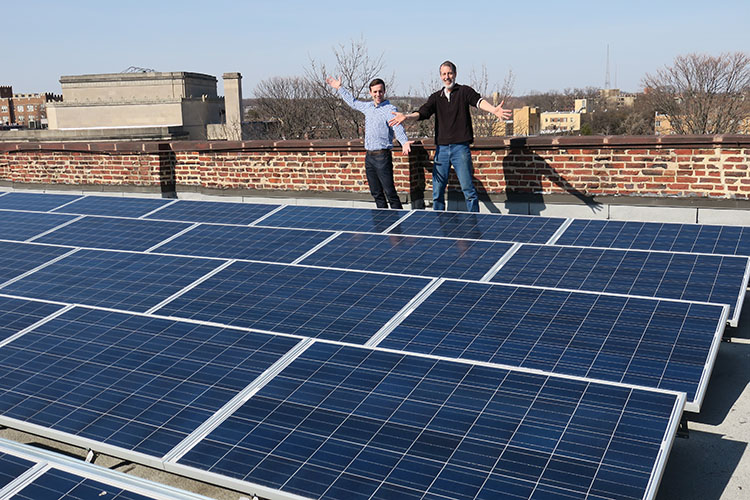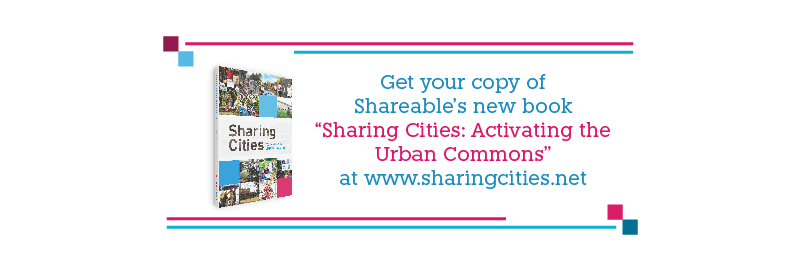Here’s the problem: Religious, social, and educational institutions often spend excessive amounts of money on energy and other services, straining their limited budgets. At the same time, they often buy these services from companies with no better than average environmental and social responsibility, contradicting the central mission of these institutions.
Here’s how one organization is working on the problem: Founded in 2011, the Community Purchasing Alliance (CPA) uses the combined purchasing power of a large number of social, religious, and educational institutions in the Washington, D.C. area in order to be able to negotiate for better terms, saving each institution some thousands of dollars every year. In their negotiations, CPA also draws on the expertise of the membership of participating institutions.
In addition to obtaining better financial deals, the CPA has established four sets of criteria for the companies with which they do business: environmental, worker justice (wages, health benefits, treatment of workers, union labor or not, where and who they hire from, part-time/full-time), community-wealth building (priority to businesses owned by women and people of color, as well as cooperatives), and other local community or social impact. The organization is also exploring possibilities to invest in energy efficiency. Thus, the purchasing power of the participating institutions supports a more sustainable local economy.
For example, the group arranges for the purchase of electric power from renewable sources with Green-e certified renewable energy credits (RECs) and for the installation of solar photovoltaic panels on rooftops without upfront costs (the installation costs are paid out of the later savings). For installing solar, they ask about workers, wages, education, job training and other, but because the solar developers and installers in the Washington, D.C., area all perform well on these criteria, to date the evaluation has been primarily based on price and quality considerations.
The organization itself is a cooperative owned by its member institutions, meaning that it is directly accountable to the institutions it serves. Sixty percent of its net margins are devoted to community organizing and other community-based, cooperative-development initiatives.
Results:
- According to the CPA website, there are now 145 participating organizations, which have collectively saved $584,000 in 2015.
- Shareable article
- Forty-four million kWh have been switched to renewable energy.
Learn more from:
This case study is adapted from our latest book, “Sharing Cities: Activating the Urban Commons.” Get a copy today.










